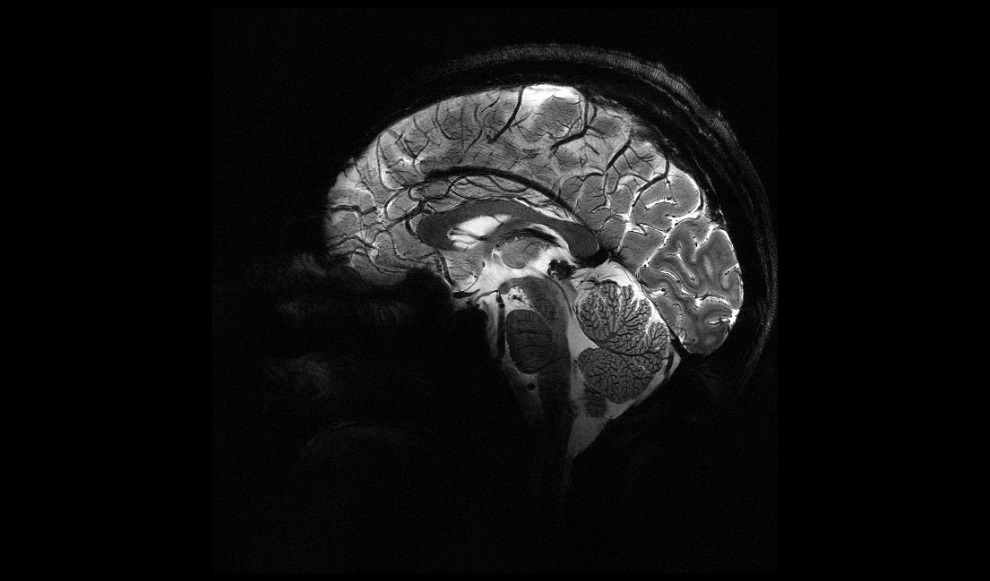World’s Most Powerful MRI Machine Images Living Brain with Unrivaled Clarity
Posted on 03 Apr 2024
The world's most powerful magnetic resonance imaging (MRI) scanner has generated its first images of the human brain, demonstrating new precision levels that could shed more light on the mysterious human mind—and the illnesses that plague them.
The Atomic Energy Commission (CEA, Paris, France) has released groundbreaking in vivo human brain images captured with the Iseult MRI machine, boasting an unparalleled magnetic field strength of 11.7 teslas. This milestone is the culmination of over two decades of research and development within the Iseult project, which aimed to construct the world's most powerful MRI machine in order to explore the human brain's anatomy, connectivity, and functions with unmatched clarity. In an initial study involving around 20 healthy volunteers, it took merely about four minutes to acquire some of the most detailed anatomical brain images ever seen, thanks to the Iseult MRI machine's advanced MRI technology and its 11.7-tesla magnetic field intensity. This level of power enables the machine to produce images with tenfold the precision of standard MRI scanners found in hospitals today. The images captured boast an extraordinary resolution — 0.2 mm in-plane resolution and 1 mm slice thickness — equivalent to the volume of several thousand neurons.

In comparison, achieving similar image quality with the 1.5 or 3 tesla MRI scanners currently in use at hospitals would take several hours, which would be impractical due to discomfort and potential movements disrupting the clarity of images. The enhanced resolution made possible by the Iseult MRI machine opens the door to gaining insights into brain mechanisms previously beyond reach, including understanding the brain's method of encoding mental representations and identifying neuronal signatures associated with the state of consciousness. The implications of this technology for medical research are profound. Firstly, it provides ultra-detailed anatomical data crucial for diagnosing and treating neurodegenerative conditions such as Alzheimer's and Parkinson's diseases. Secondly, it enhances the ability to detect chemical species with faint signals that lower magnetic fields struggle to capture. Scientists are particularly interested in using this technology to observe how drugs like lithium, used in treating bipolar disorder, are distributed within the brain, potentially revealing which patients are more likely to benefit from specific treatments. However, the extraordinary capabilities of the Iseult MRI machine will, for the time being, remain beyond the reach of regular patient diagnostics and care.
“With the Iseult project, a whole new world is opening up before our eyes, and we are excited to explore it, said Nicolas Boulant, the Head of the Iseult project and Director of Research at the CEA. “We still need several years of research to develop and improve our acquisition methods and ensure that the data has the highest quality possible. Our goal is to investigate neurodegenerative diseases by 2026-2030, as well as other diseases that fall more under psychiatry, such as schizophrenia and bipolar disorders. Cognitive sciences will also be of key importance in our research!”
Related Links:
CEA




 Guided Devices.jpg)









